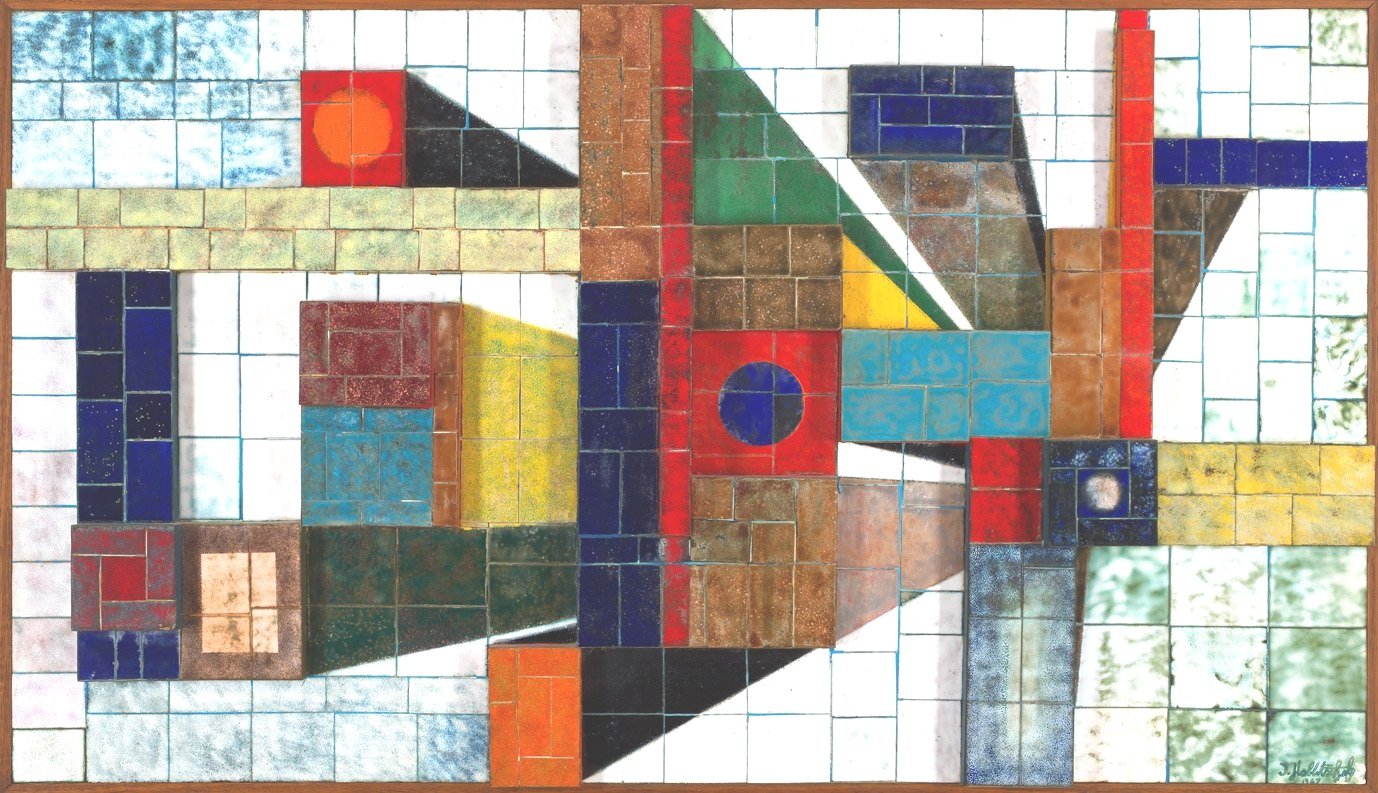
The 1960s and Johns Art journey begins
John Hablitschek hails from a family in Europe where art is a deep-seated tradition. For John, pursuing art was an instinctive choice, following in the footsteps of his father and the generations before him.
In 1962, as John was on the verge of fatherhood and yearning for artistic expression, he enrolled at the National Art School (now known as East Sydney Technical College). Over the next six years, he pursued part-time studies in architecture, interior design, sculpture, and art. His primary influences and mentors were two of his teachers: the late Gert Moller, who taught design, and the artist Tom Cleghorn.
Working with enamel and Sculpture
While still in art school and afterwards, John enjoyed a series of successful exhibitions, with many of his artworks and jewelry pieces featuring enamel on copper. His foray into enameling was serendipitous. John reminisces about an Italian gemstone seller who had a large box of enameling supplies he didn't know how to use. "He ended up giving them to me—I didn't know what to do with them either," John said.
John's imagination was sparked by the potential of these materials, and he promptly got to work. With minimal guidance, he began to experiment during his free time. He set up an impromptu studio in a storage room beneath the apartment complex in Randwick where he resided with his wife and young son. Equipped with some lights and a bench, his journey began in what was a dark, secluded space with no windows and a dirt floor, aptly dubbed "the dungeon."
Unable to afford or even locate a kiln, John resorted to using a plumber's kerosene blowtorch to craft his initial series of artworks. It was a hands-on learning process, characteristic of his approach to all endeavors. Through perseverance, he managed to produce enough pieces for his debut exhibition, all while maintaining a job and attending art school. Lissy arranged for his work to be showcased at the Aladdin Gallery in Sydney's Kings Cross, which turned out to be a resounding success with every piece sold.
John's reputation quickly spread across the art community, and he produced a second series of art and jewelry using the blowtorch, which also sold out completely. Newspaper reviews, magazine features, and radio interviews ensued, and he was recognized as Australia's leading expert in enamel art. He was sought after by educational institutions for his expertise. To our knowledge, John was the pioneer of enamel art in Australia. He generously imparted his skills and techniques to Sydney's art schools, influencing artists and craftspeople across the nation.
The images below are pieces that John and Lissy retained.

Abstract enamel 1967
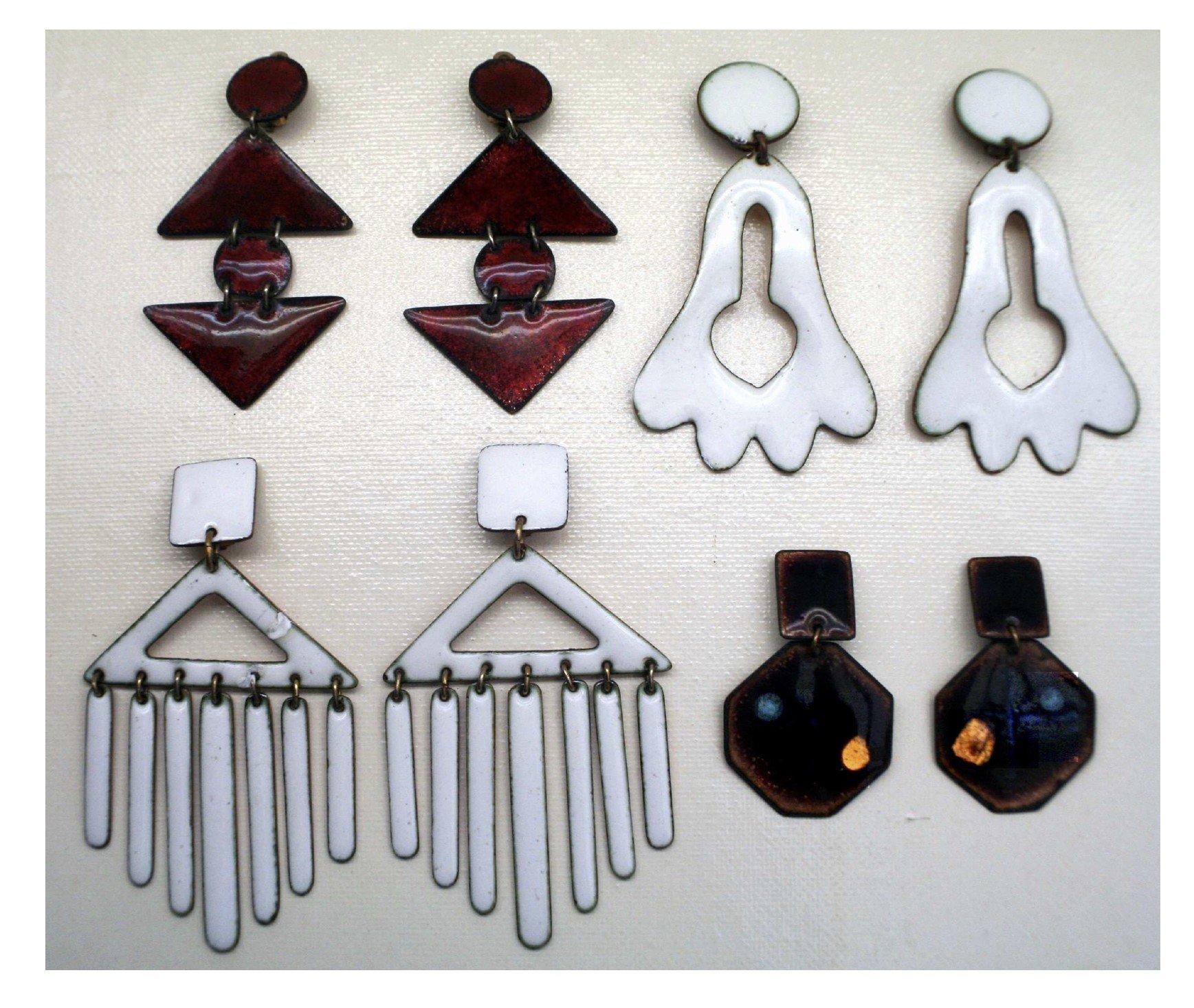
Enamel Jewelry Lissy
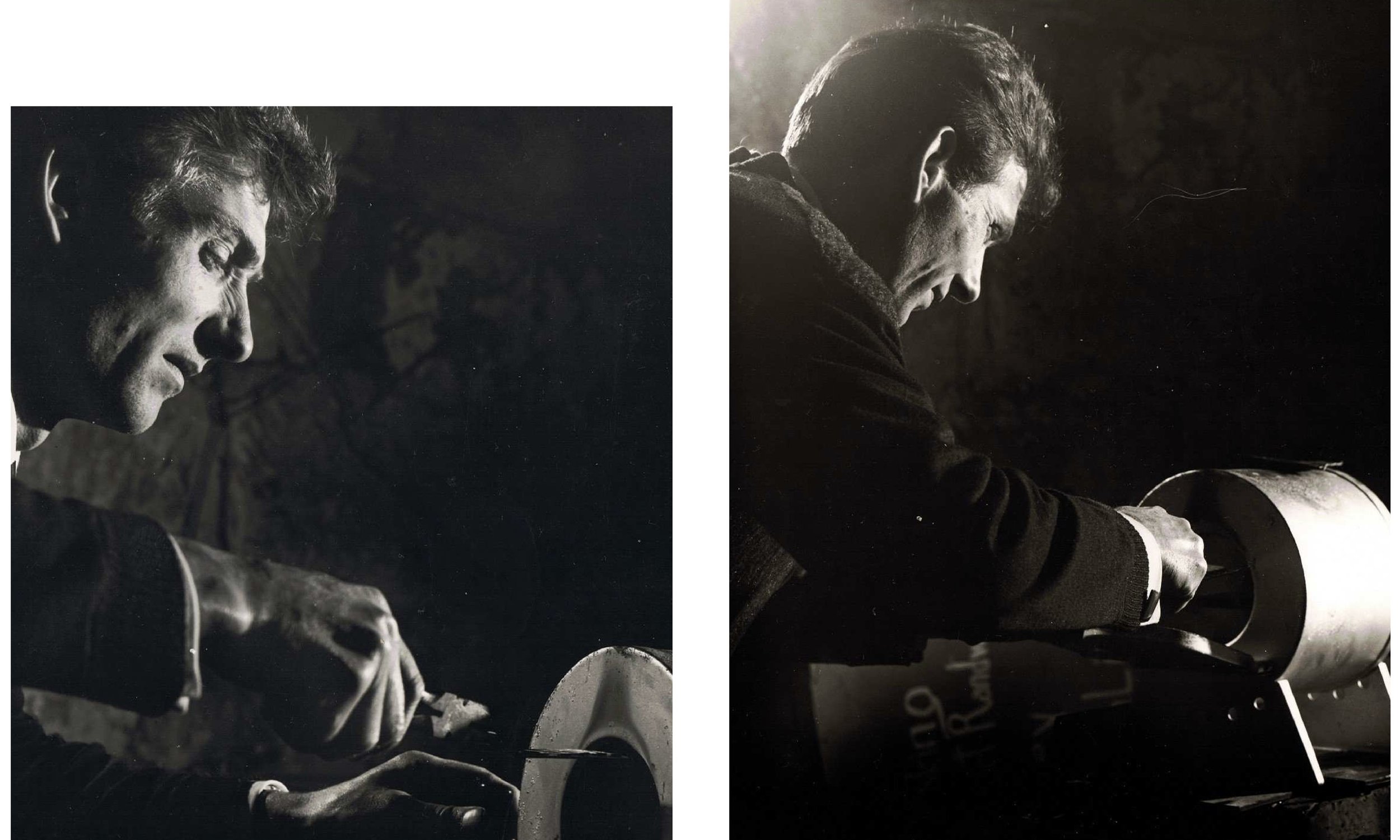
John with Tiny kiln. It was the only one he could get at the time 1966/67
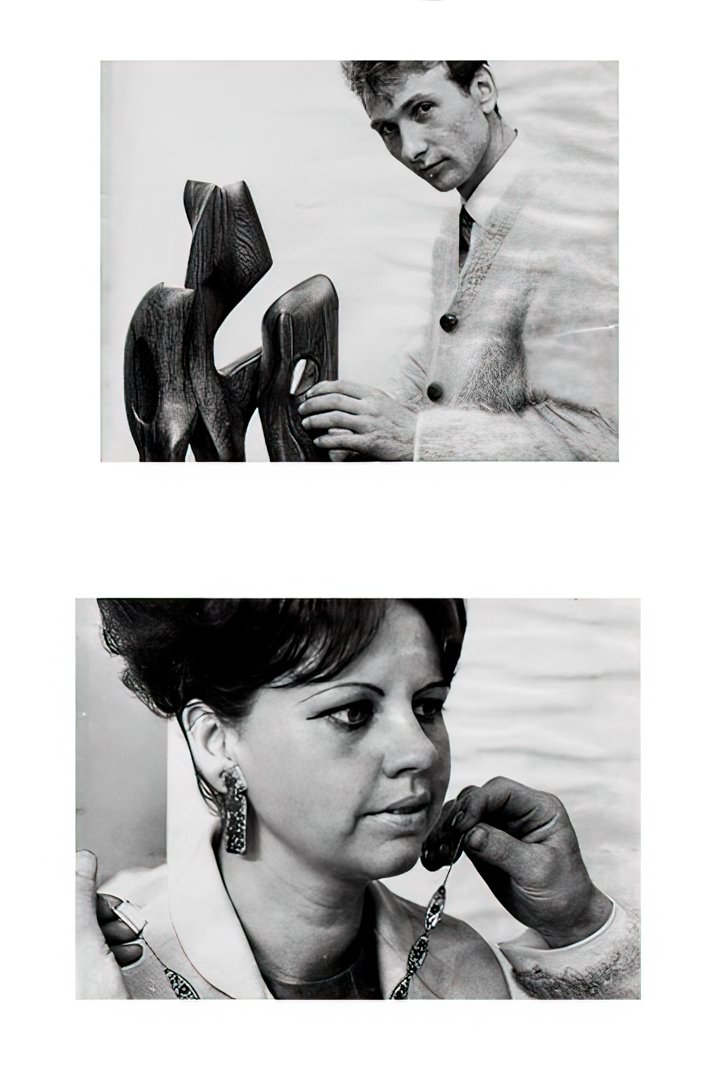
John and Lissy Hablitschek 1963/4
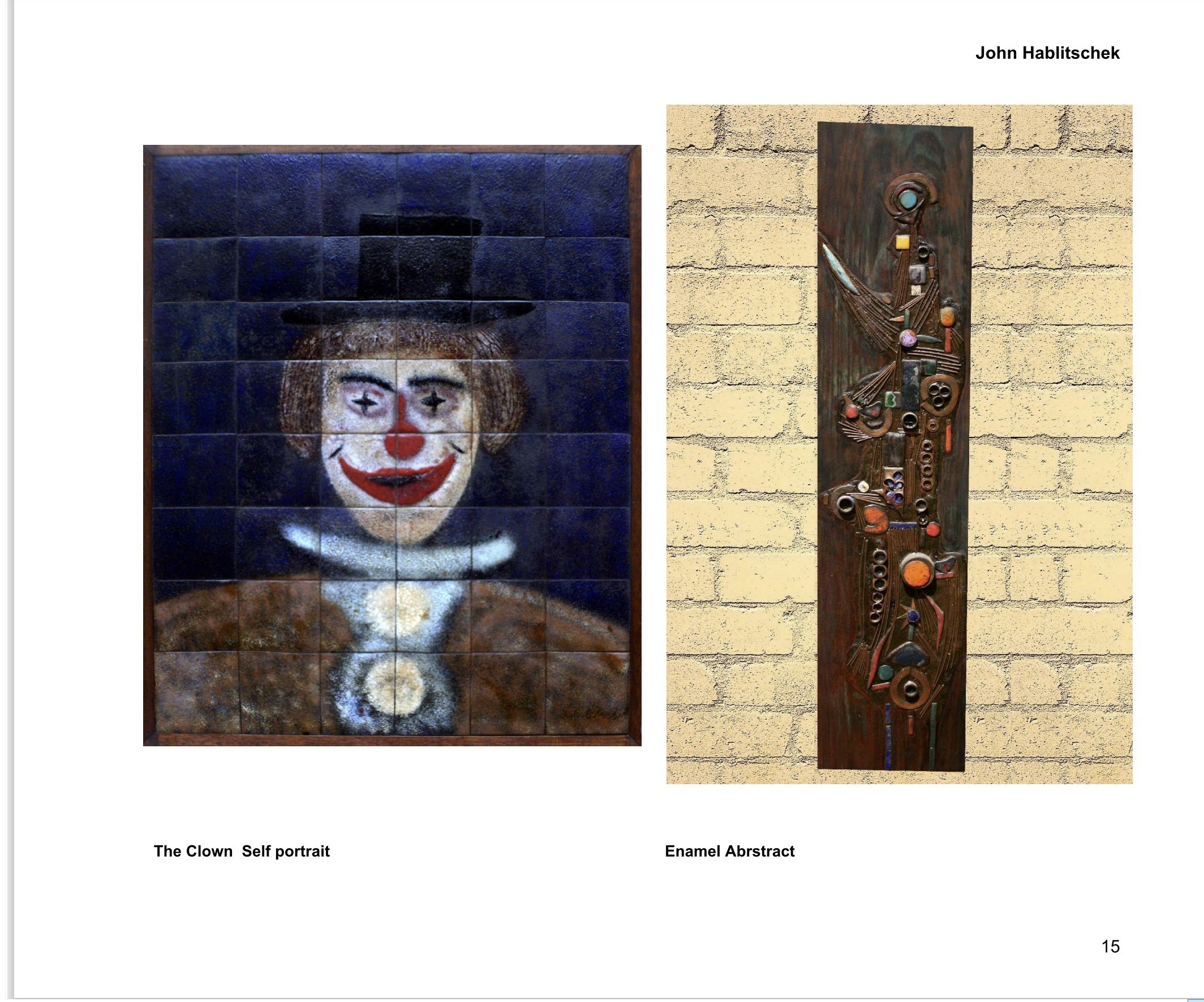
Self-portrait 1966/7 when John was a circus clown in Europe and an early abstract work 1964
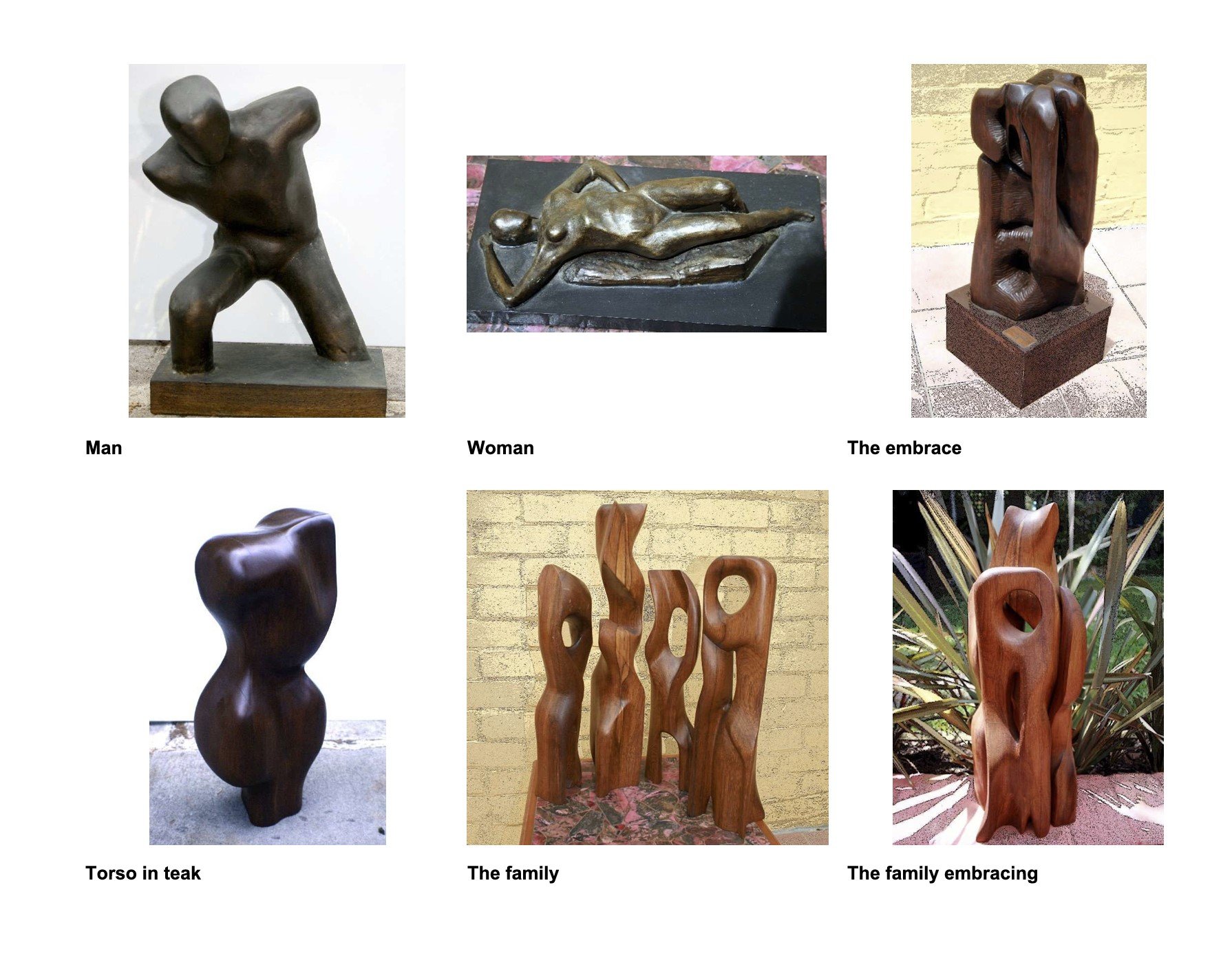
Various early sculptures from the 1960s
